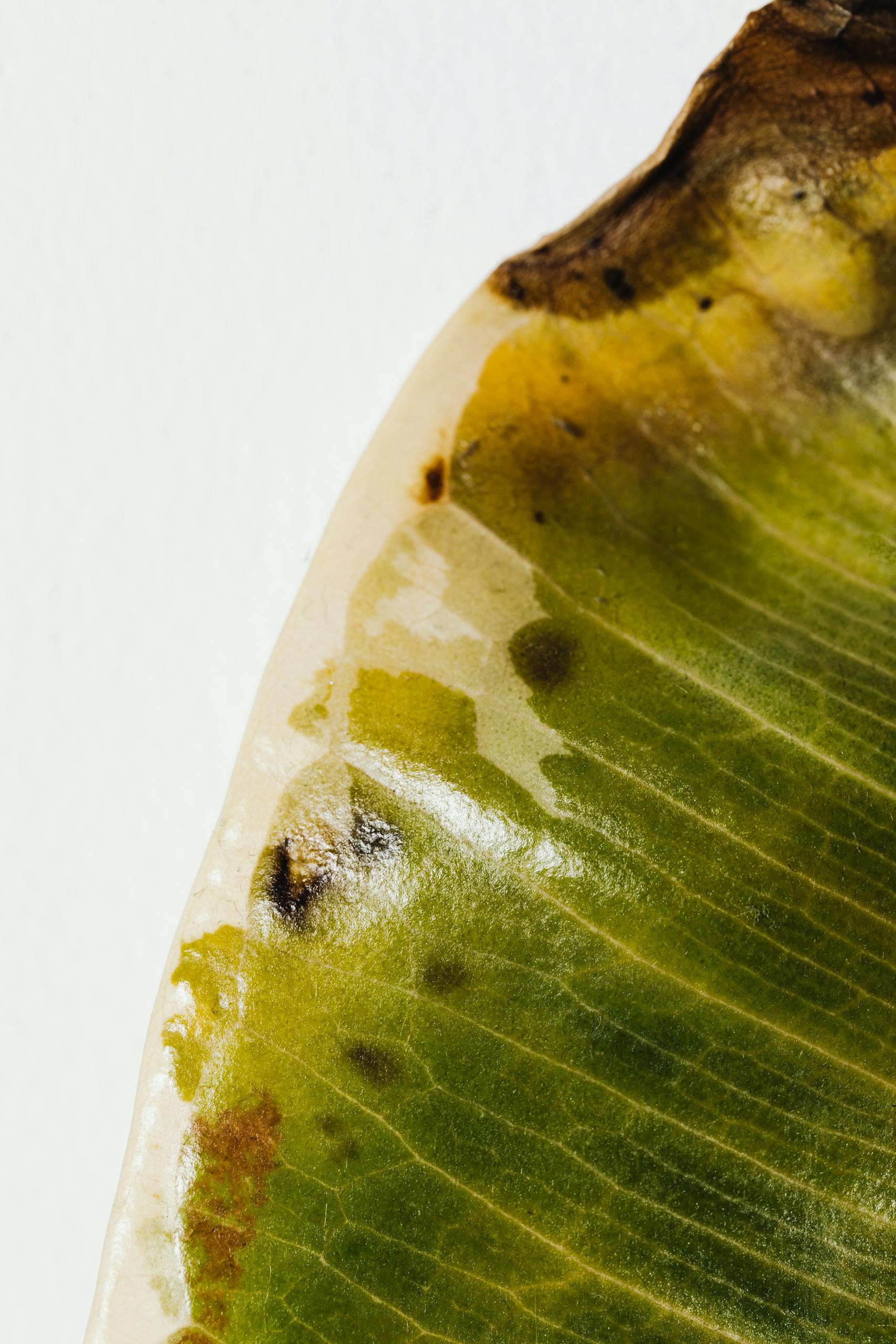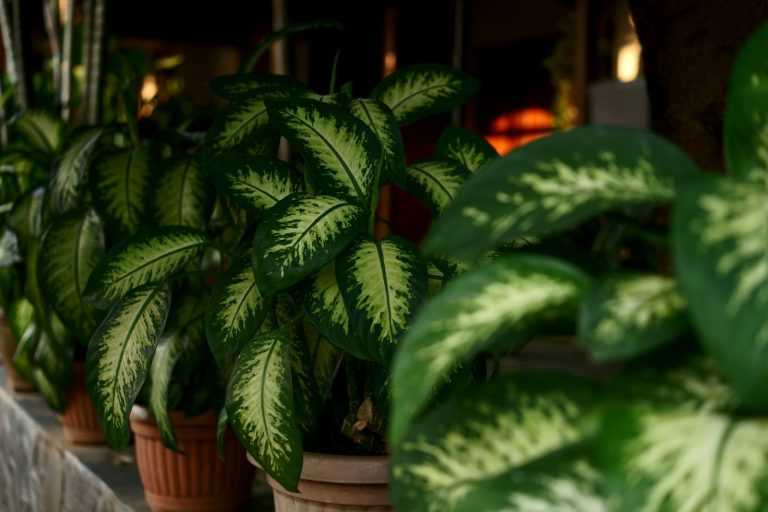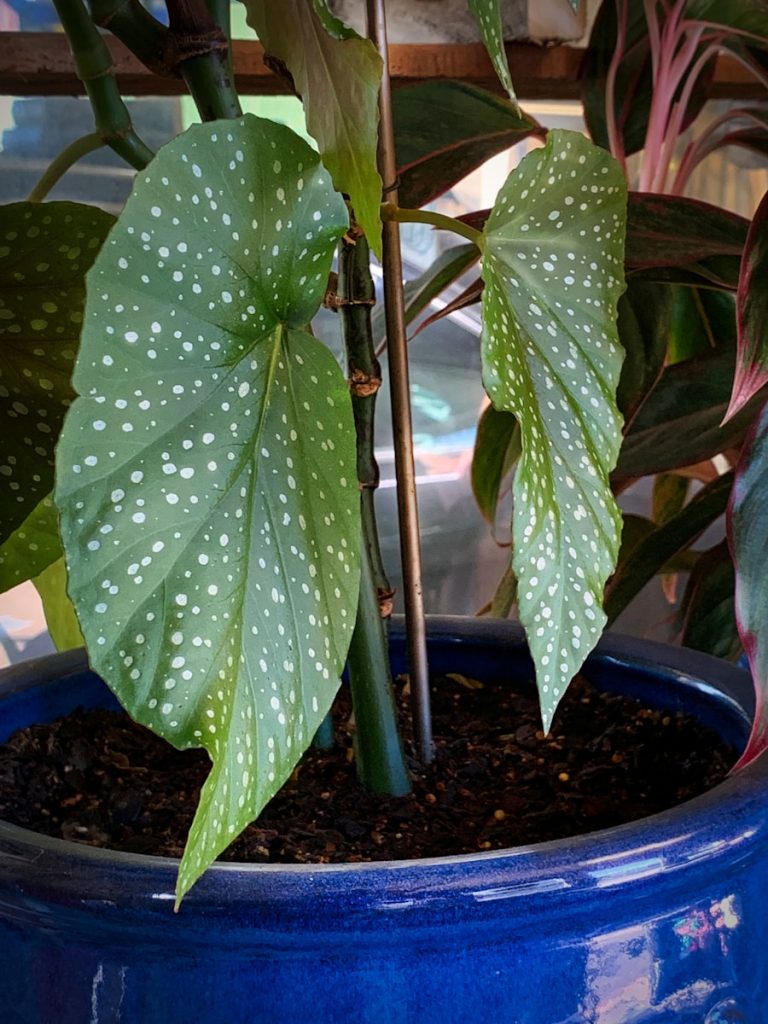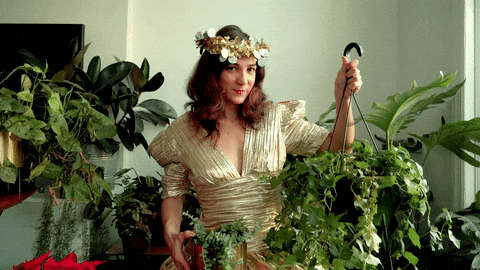Understanding Fiddle Leaf Fig Brown Spots: Causes and Solutions

Fiddle Leaf Fig and Its Common Issues
The fiddle leaf fig has become a beloved houseplant for many due to its striking appearance and ability to thrive in indoor environments. However, owning a fiddle leaf fig also comes with its own set of challenges, particularly regarding its health. Among the most common problems faced by enthusiasts are brown spots on fiddle leaf fig leaves. Understanding these brown spots is crucial for maintaining the vitality of your plant and ensuring it continues to flourish in your home.
Overview of Fiddle Leaf Fig as a Houseplant
The fiddle leaf fig, characterized by its large, glossy green leaves, is not only aesthetically pleasing but also relatively easy to care for, making it a popular choice among houseplant lovers. As a tropical plant, it thrives in warm, humid environments and prefers a watering schedule that allows the soil to dry out slightly between waterings. However, the fiddle leaf fig is sensitive to its surroundings, and factors such as humidity and light levels can greatly influence its health. When exposed to direct sunlight, or if the soil retains too much water, this beautiful houseplant may exhibit signs of stress, such as brown spots on its leaves.
Understanding Brown Spots on Fiddle Leaf Fig Leaves
Brown spots on fiddle leaf fig leaves can be alarming for any plant owner. These spots can vary in color and size, indicating different underlying issues. Light brown spots may signal sunburn from too much direct sunlight, while darker spots could be a result of overwatering, leading to root rot or a fungal infection. Additionally, pests like spider mites can also cause discoloration, leading to spots and eventual leaf drop. To address these issues, it is essential to identify the specific cause behind the brown spots on your fiddle leaf fig, as this will inform your care routine and help you restore the plant’s health.
Importance of Addressing Brown Spots on Fiddle Leaf Fig
Ignoring brown spots on your fiddle leaf fig can lead to more significant problems, including the deterioration of the plant’s overall health. Early intervention is key to preventing the spread of issues such as bacterial infections or severe leaf drop. By addressing the causes of brown spots, whether they stem from improper watering, inadequate humidity, or pest infestations, you can help your fiddle leaf fig recover and thrive. Regularly monitoring your plant and adjusting its care, including using a humidifier in dry conditions or ensuring a proper watering routine, is vital for maintaining vibrant green leaves and preventing brown spots from returning.
Identifying the Causes of Brown Spots on Fiddle Leaf Fig
Watering Issues: Overwatering vs. Underwatering
Watering issues are among the most common causes of brown spots on fiddle leaf fig leaves. Both overwatering and underwatering can lead to distress in the plant, resulting in symptoms like yellowing leaves or brown spots on a fiddle leaf. Overwatering often leads to root rot, where the roots become waterlogged and begin to decay, causing brown spots to appear on older leaves. On the other hand, underwatering can cause the leaves to dry out, leading to brown leaf edges and eventually spots. To maintain a healthy fiddle leaf fig, it’s crucial to establish a proper watering schedule, ensuring the soil is dry before the next watering, thus avoiding the pitfalls of both extremes.
Root Rot: How Poor Drainage Causes Brown Spots
Root rot is a serious condition that can plague fiddle leaf fig plants, primarily caused by poor drainage and excessive moisture in the soil. When the roots sit in much water, they become susceptible to fungal infections that can create brown spots on the fiddle leaf fig leaves. The symptoms often start with a few dark brown spots, which may signify that the roots are not absorbing water and nutrients effectively. To combat root rot, it is essential to use a well-draining potting mix and ensure that your pot has adequate drainage holes. Regularly checking the soil’s moisture level can prevent this issue and keep your fiddle leaf fig thriving.
Sunburn: The Impact of Direct Sunlight on Fiddle Leaf Fig Leaves
Direct sunlight can have detrimental effects on your fiddle leaf fig, often resulting in sunburn that manifests as light brown spots on fiddle leaf fig leaves. When exposed to too much sun, the leaves can become scorched, leading to discoloration and eventual leaf drop. It is vital to place your fiddle leaf fig in a location where it can receive bright, indirect light rather than harsh, direct sunlight. Adjusting its position or using sheer curtains can help filter the light and protect the plant from the adverse effects of sunburn. By ensuring your fiddle leaf fig is in a suitable environment, you can prevent brown spots and maintain its vibrant green leaves.
Common Problems Leading to Brown Spots on Fiddle Leaf Fig
Pest Infestations: Identifying and Treating Pests
Pest infestations can significantly contribute to the appearance of brown spots on your fiddle leaf fig. Common pests like spider mites and aphids can wreak havoc on the leaves, sucking out vital nutrients and causing discoloration. Identifying these pests early is crucial for effective treatment; you may notice webbing on leaves or tiny insects clustering on the undersides of the leaves. To treat an infestation, it is recommended to isolate the affected plant and apply insecticidal soap or neem oil, ensuring thorough coverage of the leaves. Regularly inspecting your fiddle leaf fig for signs of pests can prevent these issues and maintain the health of your beloved houseplant.
Bacterial Infections and Their Effects on Leaves
Bacterial infections can also lead to unsightly brown spots on fiddle leaf fig leaves. These infections often arise from overcrowded plants or when water remains on the leaves for extended periods, creating a breeding ground for bacteria. Symptoms may include dark, water-soaked spots that can spread quickly if not addressed. To combat bacterial infections, it’s essential to improve airflow around the plant, avoid overhead watering, and remove any affected leaves promptly. Utilizing a well-draining soil mix and ensuring proper humidity levels can also help minimize the risk of bacterial issues. By keeping your fiddle leaf fig healthy, you can prevent these infections and promote vibrant green leaves.
Environmental Stress: Temperature and Humidity Factors
Environmental stress plays a significant role in the health of your fiddle leaf fig, particularly regarding temperature and humidity levels. Fiddle leaf figs thrive in warm, humid conditions; however, exposure to extreme temperatures or low humidity can cause stress, leading to brown spots on your fiddle leaf. For optimal growth, aim to maintain indoor temperatures between 60°F and 75°F and use a humidifier during dry months to keep humidity levels around 40-60%. Sudden changes in temperature, such as drafts from windows or air conditioning, can also lead to leaf drop and browning. By monitoring and adjusting these environmental factors, you can ensure your fiddle leaf fig remains healthy and vibrant, free from brown spots.
Solutions for Treating Brown Spots on Fiddle Leaf Fig
Watering Adjustments: Encouraging Healthy Growth
To treat brown spots on your fiddle leaf fig, it’s essential to assess your watering practices. Proper watering is fundamental for encouraging healthy growth and preventing issues like root rot or brown leaf spots. Begin by ensuring that your soil is dry before the next watering; allowing it to dry out slightly between waterings helps maintain optimal moisture levels. Additionally, consider adjusting your watering schedule based on seasonal changes, as fiddle leaf fig plants may require less water during the winter months. By implementing these adjustments, you can foster a healthier environment for your fiddle leaf fig and significantly reduce the likelihood of brown spots appearing on the leaves.
Preventing Root Rot: Best Practices for Drainage
Preventing root rot is crucial in maintaining the health of your fiddle leaf fig and avoiding brown spots on its leaves. To ensure proper drainage, always use a well-draining potting mix and select a pot with adequate drainage holes. Overwatering is a primary culprit of root rot, so monitor your watering habits closely. If the soil is too moist, consider repotting your fiddle leaf fig into fresher soil to promote better aeration and nutrient absorption. Regularly checking the roots for signs of decay can also help you catch root rot early, allowing you to take corrective measures before it leads to further damage and brown spots.
Subscribe Now!
Join our community for exclusive tips on indoor gardening and houseplants!
Sunlight Management: Finding the Right Spot for Your Plant
Finding the right spot for your fiddle leaf fig is essential in preventing brown spots caused by sunburn. These plants thrive in bright, indirect sunlight; however, direct sunlight can scorch their leaves, leading to light brown spots. Observe how sunlight enters your space and choose a location where your fiddle leaf fig can receive ample light without being exposed to harsh rays. Consider using sheer curtains to filter intense sunlight and protect your plant. By managing sunlight exposure, you can help maintain the vibrancy of your fiddle leaf fig leaves and significantly reduce the chances of sunburn-induced brown spots.
Preventive Measures for Fiddle Leaf Fig Health
Regular Maintenance to Prevent Brown Spots
Regular maintenance is key to preventing brown spots on your fiddle leaf fig. Implementing a routine that includes monitoring humidity levels, adjusting watering schedules, and inspecting for pests can go a long way in maintaining your plant’s health. Keeping the environment stable, with consistent humidity and temperature, is vital for preventing stress-related issues that lead to brown spots. Additionally, cleaning the leaves regularly can help remove dust and debris, allowing the plant to absorb light more efficiently. By staying proactive with your plant care, you can enjoy a vibrant, healthy fiddle leaf fig free from unsightly brown spots.
Encouraging New Growth: Fertilizing and Pruning
Fertilizing and pruning are effective ways to encourage new growth in your fiddle leaf fig, which can help mitigate the effects of existing brown spots. A balanced, water-soluble fertilizer can provide essential nutrients that promote healthy foliage and enhance overall plant vitality. Additionally, pruning away any damaged leaves can redirect the plant’s energy toward healthy growth, helping it recover from any stress it may have experienced. Optimal timing for fertilization is during the growing season, while pruning should be done carefully to avoid causing further stress. By fostering new growth, you can improve the aesthetic appeal of your fiddle leaf fig while effectively managing brown spots.
Monitoring for Early Signs of Trouble
Monitoring your fiddle leaf fig for early signs of trouble is crucial in preventing brown spots and maintaining its health. Regularly inspect the leaves for discoloration, spots, or any signs of pests like spider mites. Catching these issues early allows for prompt intervention, whether through adjusting watering habits or applying treatment for pests. Additionally, keeping a close eye on environmental factors, such as humidity and temperature changes, can help you identify potential stressors before they lead to significant problems. By being vigilant and responsive to your plant’s needs, you can ensure a thriving fiddle leaf fig and reduce the occurrence of brown spots on its leaves.


